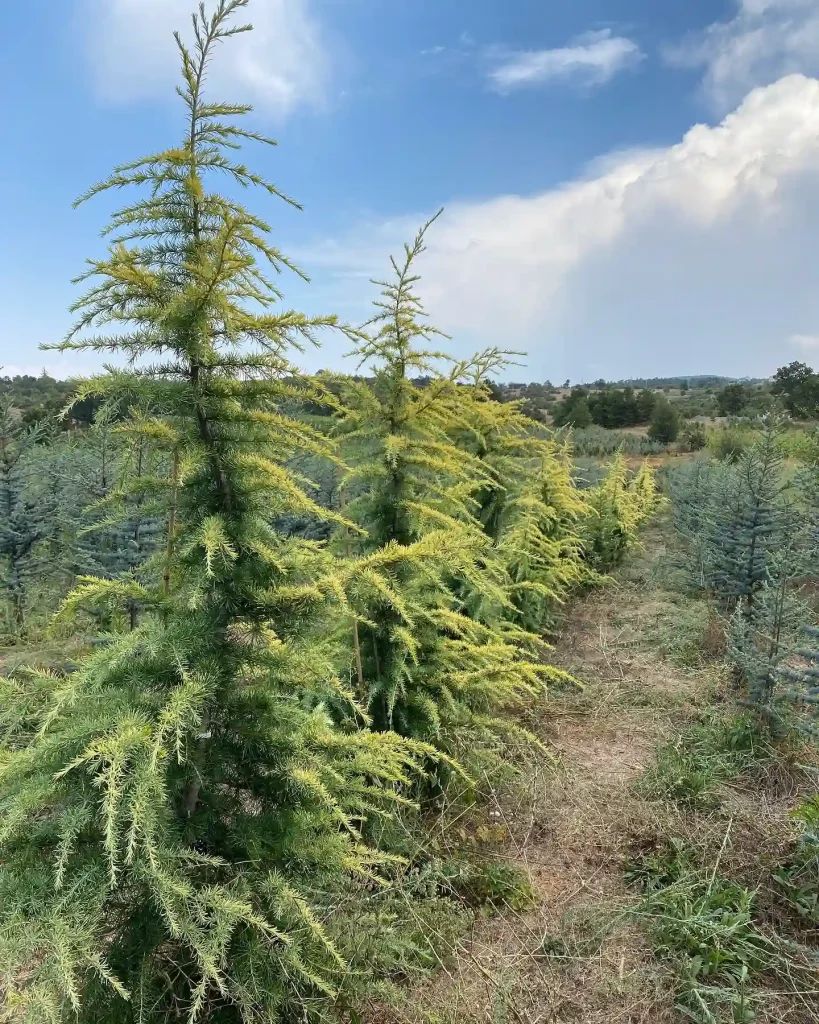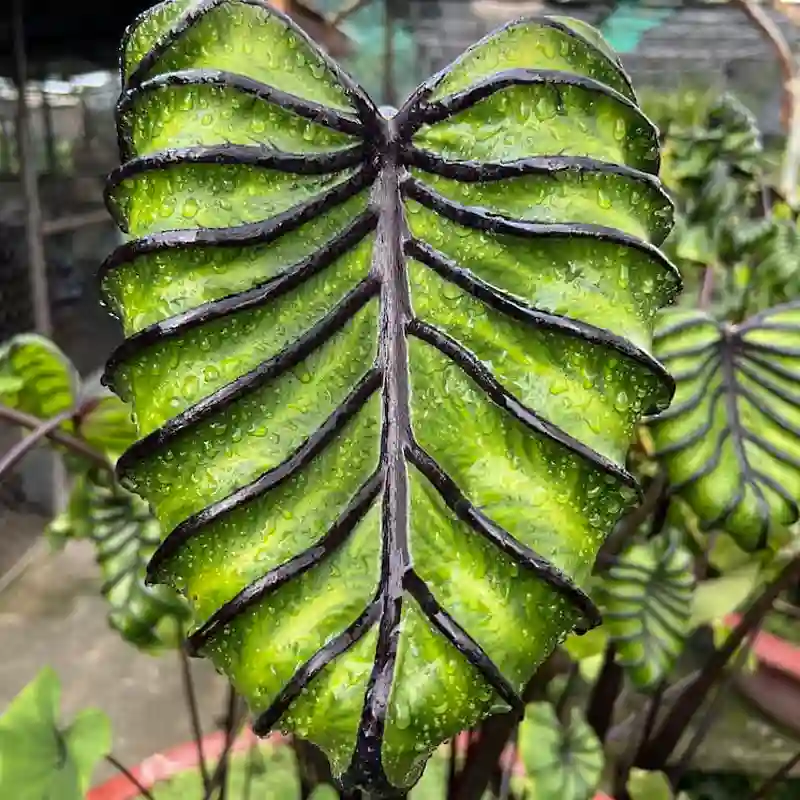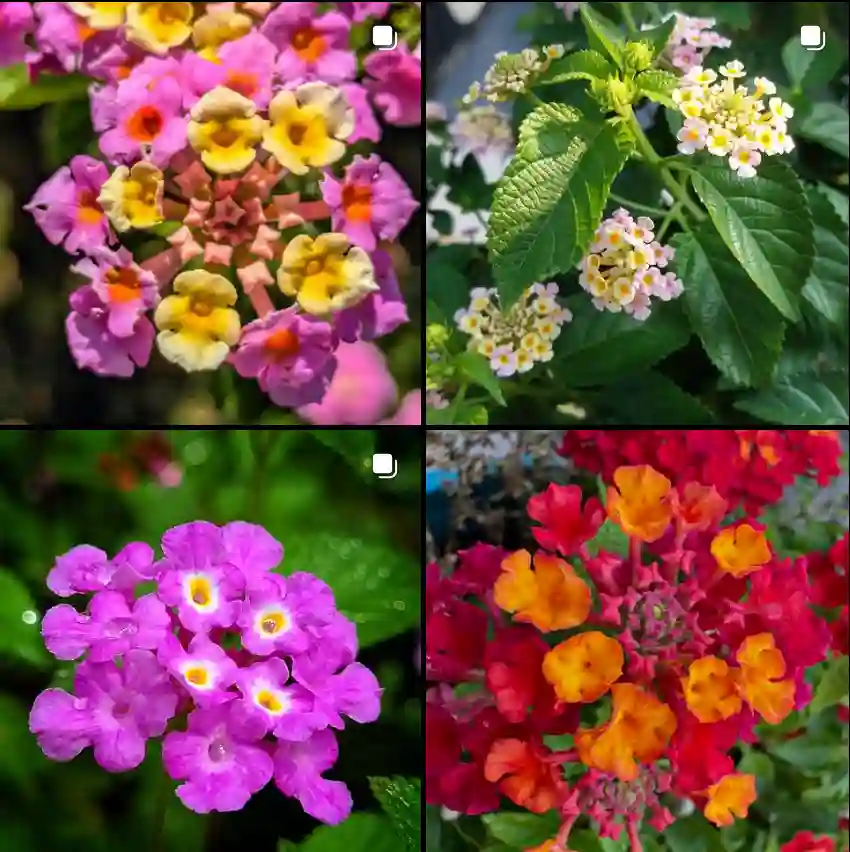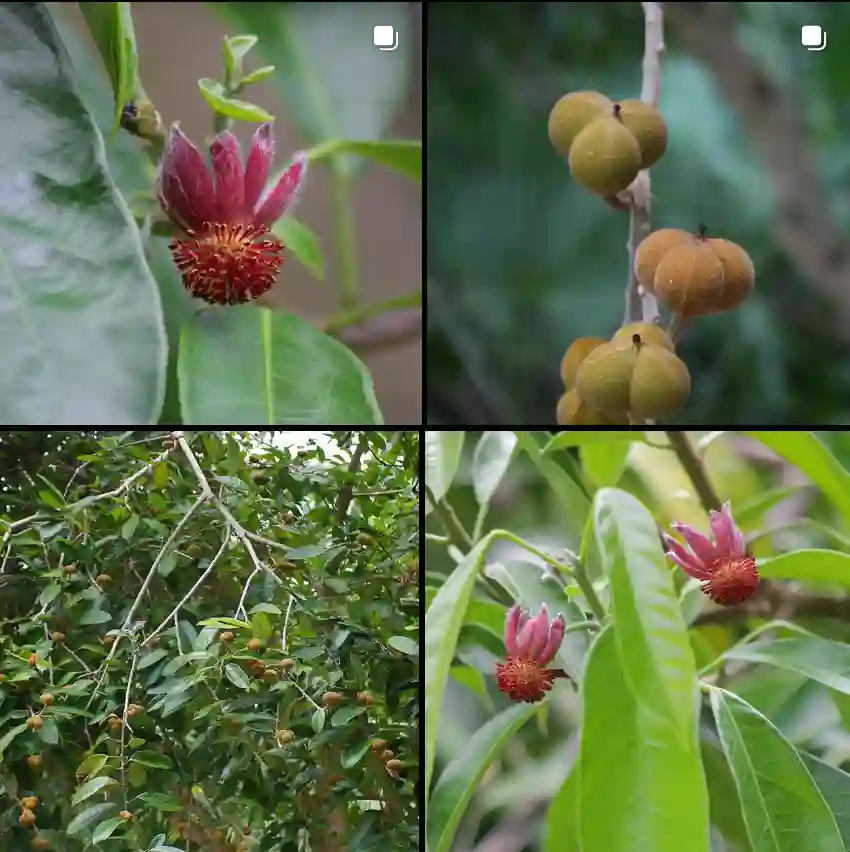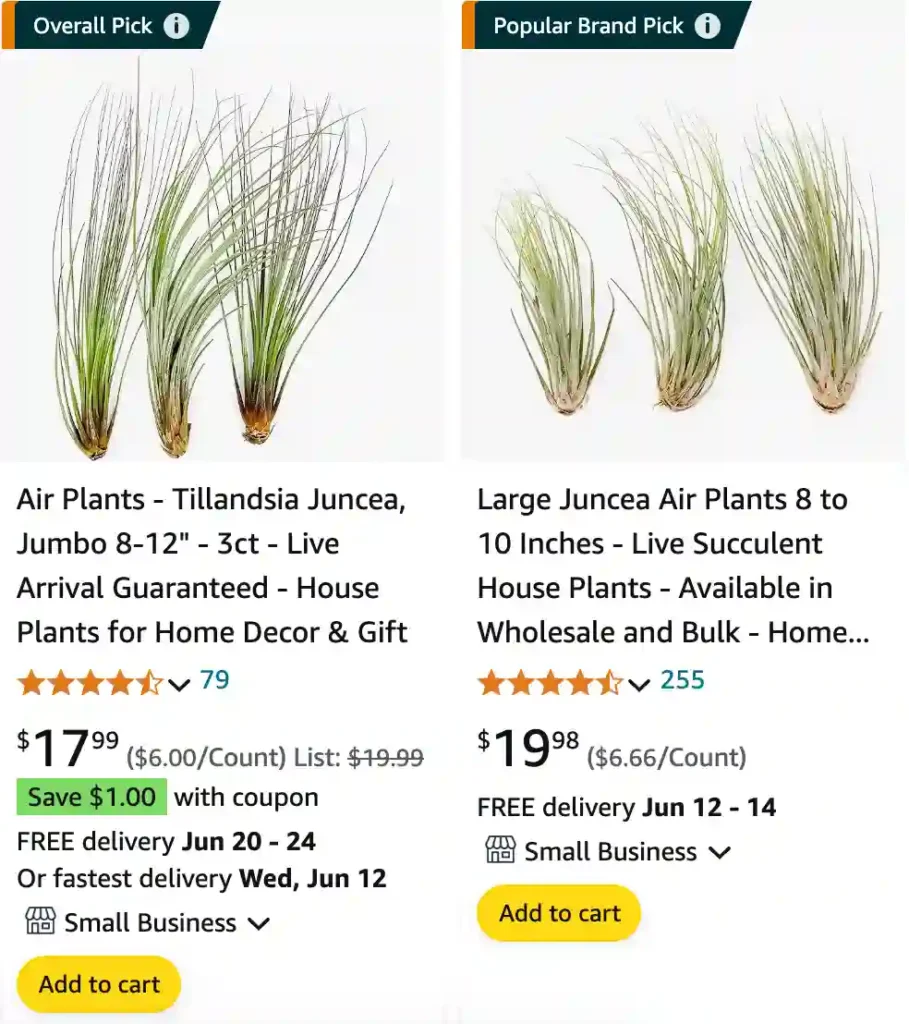
Tillandsia Juncea: The Easygoing Air Plant for Busy Plant Parents
Hi, Ferb Vu here! Today, we’re diving into the world of Tillandsia Juncea, an air plant that’s as low-maintenance as it is beautiful.
For those unfamiliar with air plants, they’re epiphytes, meaning they grow on other plants or objects in the wild. They absorb moisture and nutrients from the air through tiny scales on their leaves, making them perfect for terrariums or hanging displays.
Tillandsia Juncea, with its long, grassy leaves, is a popular choice for its simple elegance. But is it the right air plant for you? Let’s answer some of the most common questions about this unique houseplant.
690 Species in Genus Tillandsia – Air Plants
What is Tillandsia Juncea Like?
Think of Tillandsia Juncea as the chill friend of the air plant world. Its slender, green leaves can reach up to 8 inches long and often have a reddish tint at the base. Unlike some air plants that boast vibrant flowers, Juncea’s blooms are subtle, with small lavender or purple bracts.
How Does Tillandsia Juncea Differ from Other Air Plants?
The air plant family is vast, with each variety offering its own distinct charm. Here’s a quick comparison of Juncea to two popular cousins:
- Tillandsia Ionantha: This air plant is known for its rosette shape and vibrant red blooms. It requires slightly more humidity than Juncea but is still relatively easy to care for.
- Tillandsia Capitellata: Often called the “Fuzzy Wuzzy” air plant, Capitellata has fuzzy grey leaves that give it a cuddly appearance. It thrives in brighter light conditions compared to Juncea.
How Do I Care for Tillandsia Juncea?
The beauty of Tillandsia Juncea lies in its minimal needs. Here’s the skinny on keeping your Juncea happy:
- Watering: Unlike traditional potted plants, Juncea doesn’t need soil. Instead, soak it in water for 15-30 minutes once a week, allowing it to dry completely before watering again. You can adjust the frequency based on your climate – water more often in dry environments and less often in humid ones.
- Light: Juncea prefers bright, indirect light. Avoid harsh afternoon sun, which can scorch the leaves.
- Air Circulation: Good air circulation is key to prevent rot. Consider hanging your Juncea or placing it on a well-ventilated shelf.
- Fertilizer: While not essential, a monthly misting with a diluted air plant fertilizer can give your Juncea a boost.
Is Tillandsia Juncea Right for Me?
If you’re a busy plant parent or someone new to the world of air plants, Tillandsia Juncea is an excellent choice. Its forgiving nature and easy care requirements make it a low-risk addition to your home.
Additional Tips for Tillandsia Juncea Success
- Mounting: While Juncea can be displayed on its own, consider mounting it on a piece of driftwood or cork bark for added visual interest.
- Grouping: Tillandsia Juncea looks stunning grouped with other air plants of different shapes and sizes.
- Bloom Cycle: Remember, Juncea’s blooms are subtle. Don’t be disappointed if they don’t seem as showy as other flowering plants.
Tillandsia Juncea vs Juncifolia
Tillandsia Juncifolia is not officially recognized as a distinct species and is often regarded as Tillandsia Juncea. Nonetheless, this air plant showcases variations, featuring more verdant leaves in contrast to the grey-toned leaves of Juncea. Moreover, Tillandsia Juncifolia exhibits a slightly divergent shape or form, setting it apart from its Juncea counterpart. While not formally acknowledged as a separate species, these differences contribute to its unique identity within the Tillandsia genus.
By following these simple tips, you can enjoy the unique beauty of Tillandsia Juncea for years to come. So, embrace the low-maintenance life and bring a touch of the tropics into your home with this easygoing air plant.
If i die, water my plants!
